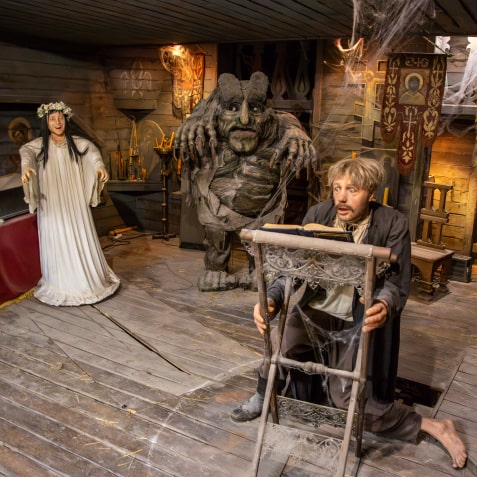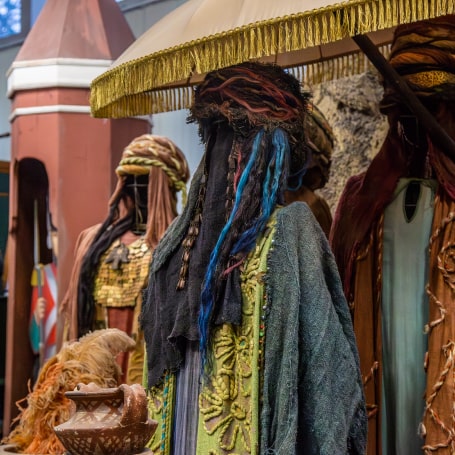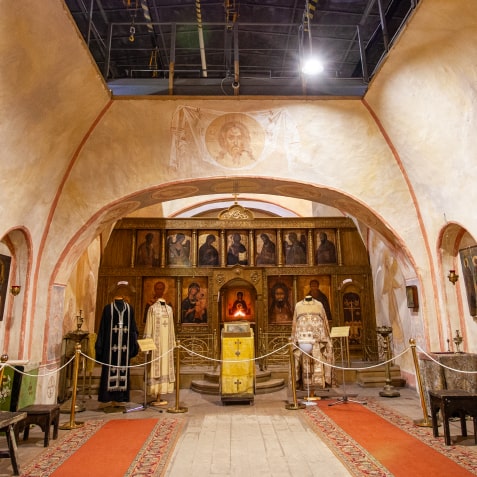Where Movies are Made
Wide Range of Services for
Video and Audio Production

Pavilions and outdoor sets
17
studios ranging from
300m² to 2300m²
12
2
outdoor sets
comfortable residential compounds for actors

Sound production
3
recording and mastering studios
2
foley sound studios
music and mastering studios

Image processing
3
DaVinci Resolve software & hardware sets
2K/4K
DVS/DCP
systems

Vintage and emergency vehicles
>300
vintage and emergency vehicles





